Ceramic industry - sand mill
Ceramic industry - sand mill
Jun 19, 2024
The ceramic industry faces some unique challenges in the grinding process due to its material characteristics and application fields: high hardness and thermal sensitivity .In addition, the ceramic industry is known for its high requirements for material fineness and uniformity .In this area, the application of sanding machines is crucial to ensure the fine grinding of ceramic raw materials, thereby improving the quality and consistency of the finished product. To address these challenges, our sanders are specially designed with wear-resistant materials, precise temperature control systems, and optimized grinding media and processes.
Our sanders are designed for the ceramic industry with the following features:
1. Special interior design.
Special rotor structure design, number and volume, to achieve the maximum specific grinding energy, can improve the grinding efficiency of materials; The mixing rod is a bar type rather than a cylinder type, so that the grinding bead more fully impact the material, so that the contact area between the mixing rod and the grinding bead is larger, so that the fineness is better; The rotor is assembled, convenient maintenance, low cost;
Special structure of stirring rod Due to the special design of the stirring rod, it produces the thrust of the feed port during the grinding process, so that the grinding beads are not easy to accumulate in the discharge port, the grinding beads are evenly distributed, and the grinding efficiency is more balanced. There is a hollow rotor outside the filter screen, and there is a centrifugal groove on the rotor, which produces an outward centrifugal force during the rotation process, and large particles are thrown outward without contacting the filter screen, while small materials are discharged through the screen.
2. High precision grinding: Advanced grinding technology is used to ensure that ceramic raw materials reach the required fineness and meet the high standards of ceramic products. The material can reach the nanometer level, and the minimum fineness can reach less than 80nm by the third party Marvin laser particle size tester, and the particle is stable. Smaller grinding beads can be added with non-screen equipment: 0.03mm, the bead filling rate can reach 80-85%, the higher the filling rate, the energy density of the grinding equipment will also increase. In the same volume of grinding cavity, the higher the bead filling rate, the better the fineness, and the higher the line speed. Linear velocity is the category that determines the particle size of the grinding material.
3. Uniform dispersion: The sand mill can achieve uniform dispersion of the material, avoid agglomeration phenomenon, and ensure the stability of the ceramic slurry.
4. Corrosion-resistant material: Considering the chemical properties of ceramic raw materials, our equipment uses corrosion-resistant materials to extend the service life of the equipment.
5. Energy saving and high efficiency: optimized grinding process design, reduce energy consumption, improve production efficiency, reduce production costs.
Our sanders are designed for the ceramic industry with the following features:
1. Special interior design.
Special rotor structure design, number and volume, to achieve the maximum specific grinding energy, can improve the grinding efficiency of materials; The mixing rod is a bar type rather than a cylinder type, so that the grinding bead more fully impact the material, so that the contact area between the mixing rod and the grinding bead is larger, so that the fineness is better; The rotor is assembled, convenient maintenance, low cost;
Special structure of stirring rod Due to the special design of the stirring rod, it produces the thrust of the feed port during the grinding process, so that the grinding beads are not easy to accumulate in the discharge port, the grinding beads are evenly distributed, and the grinding efficiency is more balanced. There is a hollow rotor outside the filter screen, and there is a centrifugal groove on the rotor, which produces an outward centrifugal force during the rotation process, and large particles are thrown outward without contacting the filter screen, while small materials are discharged through the screen.
2. High precision grinding: Advanced grinding technology is used to ensure that ceramic raw materials reach the required fineness and meet the high standards of ceramic products. The material can reach the nanometer level, and the minimum fineness can reach less than 80nm by the third party Marvin laser particle size tester, and the particle is stable. Smaller grinding beads can be added with non-screen equipment: 0.03mm, the bead filling rate can reach 80-85%, the higher the filling rate, the energy density of the grinding equipment will also increase. In the same volume of grinding cavity, the higher the bead filling rate, the better the fineness, and the higher the line speed. Linear velocity is the category that determines the particle size of the grinding material.
3. Uniform dispersion: The sand mill can achieve uniform dispersion of the material, avoid agglomeration phenomenon, and ensure the stability of the ceramic slurry.
4. Corrosion-resistant material: Considering the chemical properties of ceramic raw materials, our equipment uses corrosion-resistant materials to extend the service life of the equipment.
5. Energy saving and high efficiency: optimized grinding process design, reduce energy consumption, improve production efficiency, reduce production costs.
-
Activated carbon flash dryer
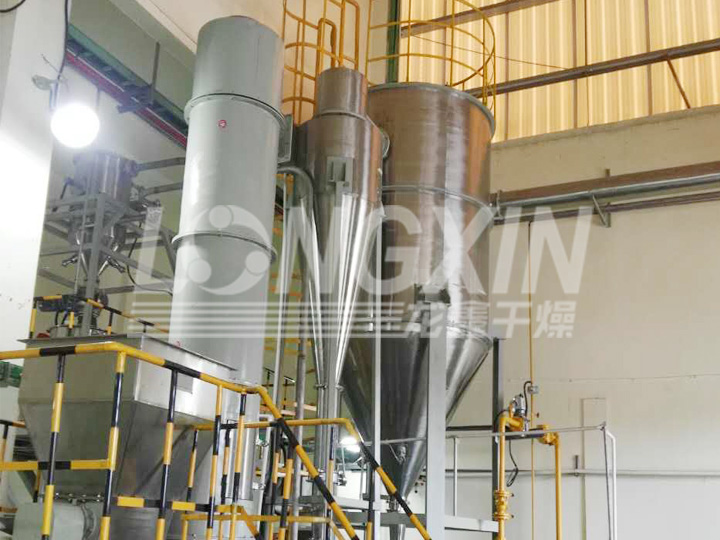
-
Activated carbon flash dryer
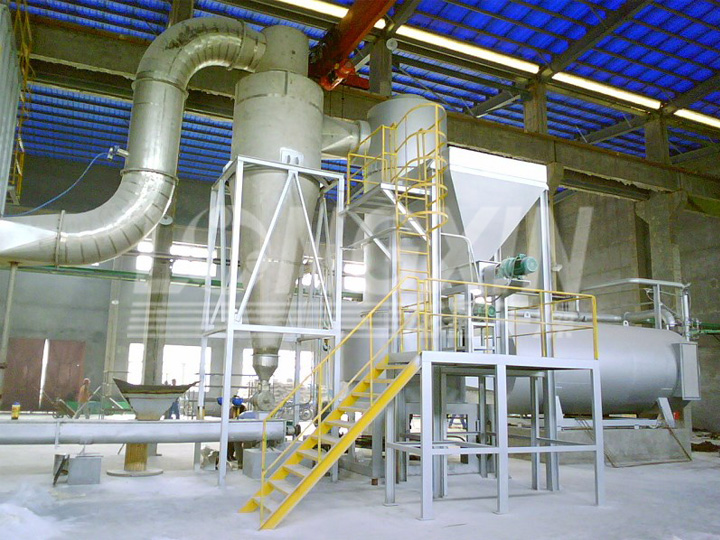
-
Water treatment agent disc continuous dryer
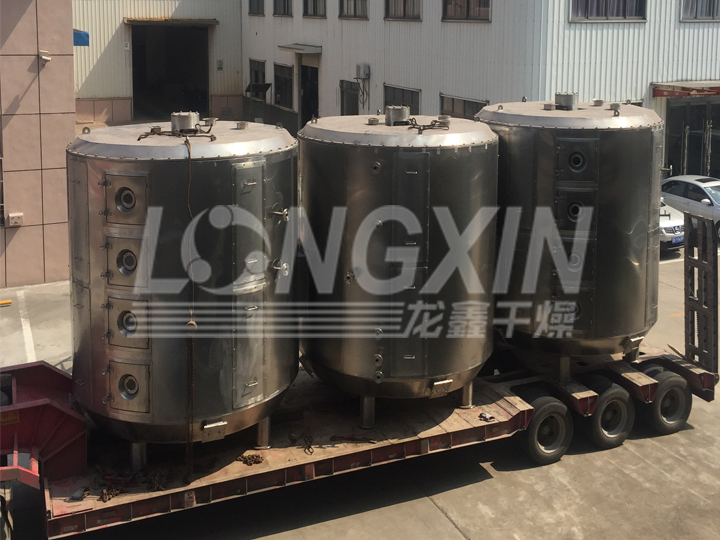
-
Centrifugal spray dryer for salty liquid wastewater
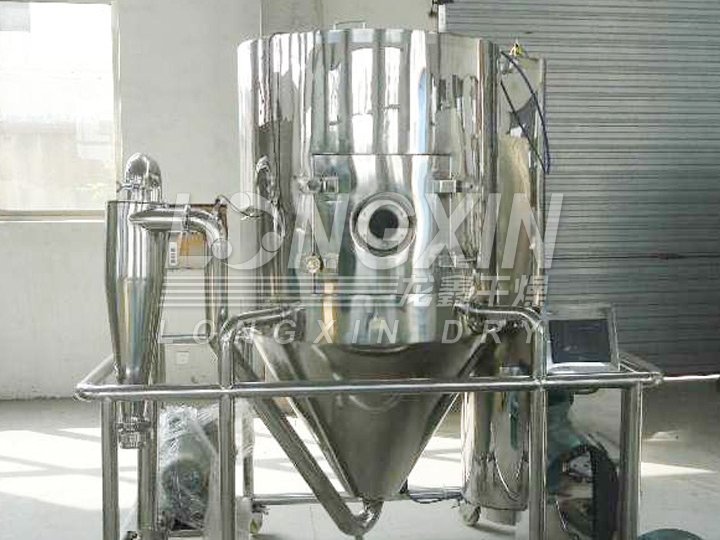
-
Centrifugal spray dryer for salty liquid wastewater
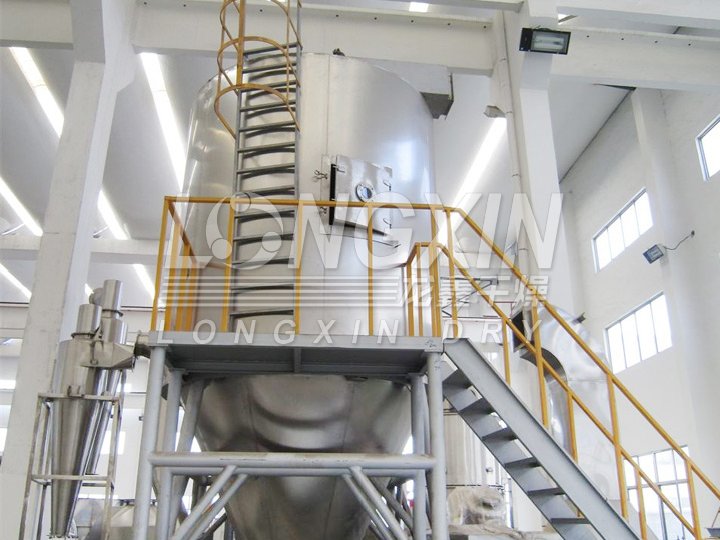

previous
Iron glycine fluidized bed dryer
Recent Posts

October 26, 2016
The Most Successful Engineering Contractor
Jun 19, 2024
Ammonium chloride pan dryer
Jun 19, 2024
Hydrazine-based tray dryer干燥机1.jpg?x-oss-process=image/resize,w_100/quality,q_100)
Jun 19, 2024
Enoyl morpholine (fungicide powder) dryer
Jun 19, 2024
Rubber auxiliary disc continuous dryer
Jun 19, 2024
Basic magnesium carbonate flash dryer
Jun 19, 2024
Adhesive industry - sand mill




